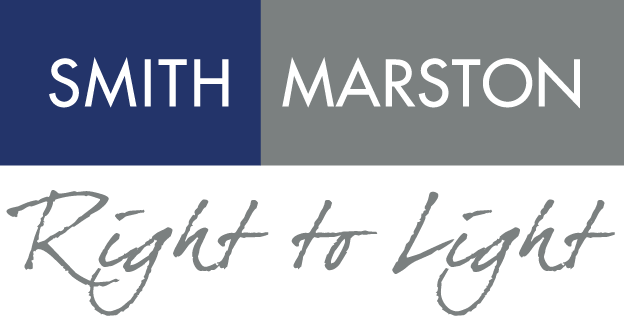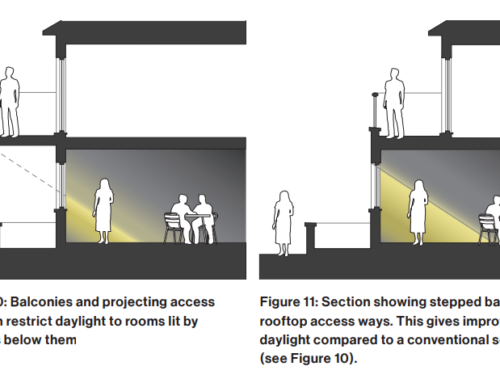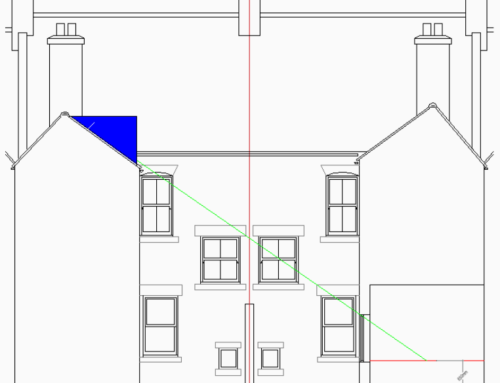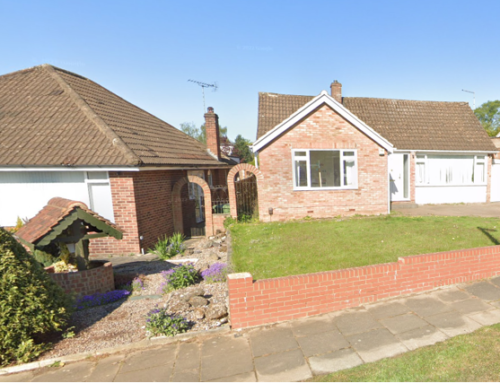Why is it important to consider right to light?
When we deal with Right to Light matters, if there is found to be an infringement to the light to neighbouring properties, and the matter is pursued by a neighbour or neighbours’, it is the developer client who ends up with the problems of potentially an injunction, or costs associated with negotiating and paying compensation and costs to neighbours’. And, in addition, the client will have to bear their own fees to their own right to light consultants and legal advisors.
Who is ultimately responsible for considering right to light?
The buck stops with the client who is building the development and causing the legal injuries.
If a client were to have recourse against their designer, for failing to consider right to light matters, and thus address the risk, such costs would normally lead to a claim against such parties.
If the scheme is of a traditional procurement route, the client (or their insurers) might pursue the designer for associated costs, however, in a Design and Build procurement, the risk could very well be passed to the contractor.
What should you do as a Design and Build Contractor in matters relating to right to light?
As such, it is very important if you are a Design & Build contractor that before the clients architect is novated to you, and thus you take on responsibility for the development of the design, that you check the clients architect has considered legal rights to light.
We still find many architects who do not understand such matters, and mistakenly assume that a daylight and sunlight assessment for planning covers all risks. It does not.
Contact us with your concerns
If you are a Design and Build Contractor, and have concerns about risk, and whether matters have been considered correctly, please do get in touch.
Related Articles
Bungalows – Hidden Development Risks
Found The Perfect Development Plot? Beware of These Potential Light Constraints
Sunlight and New House Design: Avoid The Temptation to Use Standard Plans







